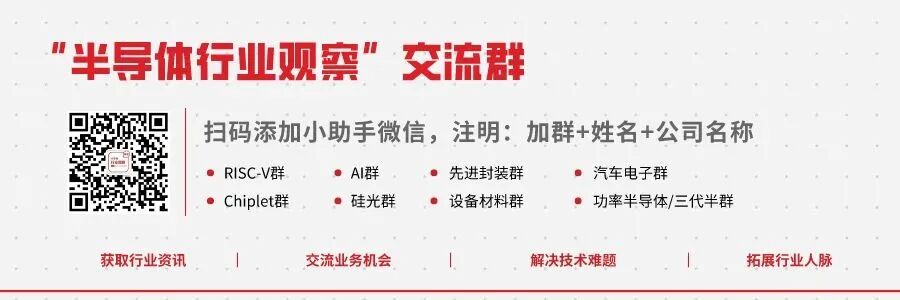 👆If you wish to meet regularly, feel free to star 🌟 and bookmark it~Source: Content fromtomshardware, thank you.
👆If you wish to meet regularly, feel free to star 🌟 and bookmark it~Source: Content fromtomshardware, thank you.
Since its establishment in 2012, Russian CPU developer Baikal Electronics has successfully produced and sold 85,000 processors. According to CNews, although the company has designed CPUs for various applications, the majority of the 85,000 CPUs were low-end Baikal-T processors intended for embedded applications, which the company secured before 2022. The management seems to be seeking to produce more CPUs to meet the demand for home PCs.
As of 2019, Baikal Electronics had delivered 17,000 processors to the Russian market. At that time, the company had only one office and 81 employees. According to Baikal’s CEO Andrey Evdokimov, by the end of 2024, chip production is expected to increase fivefold to 85,000 units, with the company expanding to four offices and doubling its workforce to 200 employees. Despite the company declaring bankruptcy in mid-2023, it has still achieved such impressive results.
From the figure of 85,000, in 2024, the industry shipped 262.7 million client PCs (based on CPUs from AMD, Apple, Intel, and Qualcomm), approximately 144 million tablets (using CPUs from Apple, MediaTek, Qualcomm, Unisoc, Samsung, and Huawei), and about 1.239 billion smartphones, each containing a processor.
These 85,000 processors cover all three series of Baikal processors: the Baikal-T1 (dual-core 32-bit MIPS P5600, 1.20 GHz, 5W power consumption, 28nm process) aimed at embedded and telecom applications; the Baikal-M (octa-core Arm Cortex-A57, 1.50 GHz, equipped with Arm NEON processors, eight Arm Mali-T628 GPUs, 8MB L3 cache, 35W power consumption, 28nm process) aimed at client PCs; and the Baikal-S (48-core Arm Cortex-A75, 2.50 GHz, six 72-bit DDR4 memory interfaces, N16FFC). Among these, Baikal-T accounts for the majority of the shipments. Furthermore, all these chips were produced by TSMC before 2022 and imported to mainland China for many years.
In early 2022, following the full-scale war between Russia and Ukraine, Taiwan, the United States, and Europe imposed sanctions on Russia. Taiwan implemented perhaps the strictest export controls on processors that could be exported to Russia and Belarus. As a result, Russian companies like Baikal Electronics could only procure 32-bit CPUs with a maximum frequency of 25 MHz and a performance of up to 5 GFLOPS, which virtually excluded any modern technology, including the Baikal-T1, which is believed to have a performance of about 9.6 FP32 GFLOPS.
Reportedly, although Baikal attempted to smuggle the produced processors into Russia, it evidently failed. CNews noted that Baikal-T1 chips were confiscated when entering Belarus from Latvia.
Evdokimov stated in an interview with CNews: “Taiwan seized 150,000 ‘Baikal-M’ processors. As for ‘Baikal-S’, an order for 15,000 units was originally placed, but it was canceled.”
Evdokimov also pointed out that the company began mass production of its microcontrollers in April but did not disclose any technical details or specifications.
Baikal Electronics plans to start producing its Baikal-L processors for mobile devices such as laptops and tablets, which will enable the company to meet the demand for client PC devices again. Additionally, it is reported that the company is preparing to produce the Baikal-S2 CPU for data centers. Both devices are expected to be manufactured in mainland China.
Reference link
https://www.tomshardware.com/pc-components/cpus/russias-baikal-has-produced-85-000-of-its-cpus-since-2012-aims-for-more
END
👇 Recommended Semiconductor Quality Public Account 👇
▲ Click the card above to follow
Focusing on more original content in the semiconductor field
▲ Click the card above to follow
Follow global semiconductor industry trends and movements
*Disclaimer: This article is original by the author. The content reflects the author’s personal views, and Semiconductor Industry Observation reprints it only to convey a different perspective, not representing Semiconductor Industry Observation’s endorsement or support of this view. If there are any objections, please contact Semiconductor Industry Observation.

Today is the 4021st issue shared by “Semiconductor Industry Observation”, welcome to follow.
Recommended Reading
★A Chip That Changed the World
★U.S. Secretary of Commerce: Huawei’s Chips Are Not That Advanced
★“ASML’s New Lithography Machine, Too Expensive!”
★The Quiet Rise of Nvidia’s New Competitors
★Chip Prices Plummet, All Blame Trump
★New Solutions Announced to Replace EUV Lithography!
★Semiconductor Equipment Giants, Salaries Soar by 40%
★Foreign Media: The U.S. Will Propose Banning Software and Hardware Made in China for Automobiles



『The First Vertical Media in Semiconductors』
Real-time, Professional, Original, In-depth
Public Account ID: icbank
If you like our content, please click“Looking” to share with your friends!
